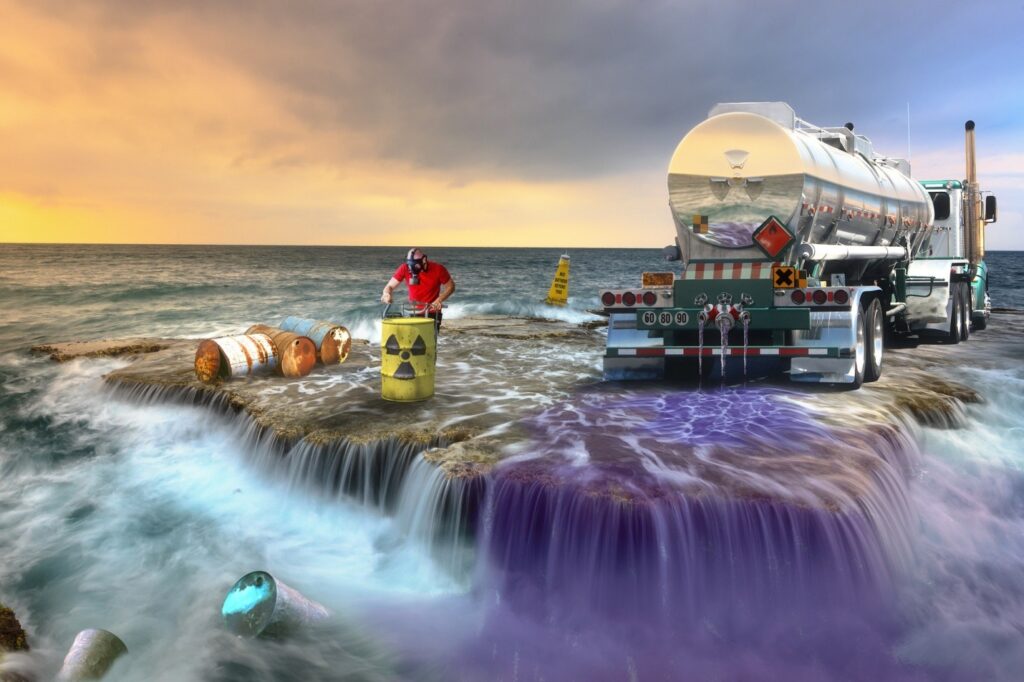The Single Strategy To Use For Reclaim Waste
The Single Strategy To Use For Reclaim Waste
Blog Article
Reclaim Waste for Dummies
Table of ContentsNot known Details About Reclaim Waste Reclaim Waste Fundamentals Explained10 Simple Techniques For Reclaim WasteThe smart Trick of Reclaim Waste That Nobody is Talking AboutThe Best Guide To Reclaim Waste
Domestic sewer waste refers to the waste and items from a domestic septic tank. The proper administration and disposal of domestic sewer waste call for liquid waste to be transferred to a sewage treatment plant where the appropriate methods and devices are used to cleanse and dispose of waste.
Commercial waste typically consists of prospective threats, such as combustible products or a mixture of liquid and solid waste products, and calls for a much more sophisticated and in-depth disposal procedure. The disposal of industrial waste typically includes the filtration of waste before transport to guarantee risk-free and correct disposal. Industrial waste is produced from by-products and overflow of industrial procedures and manufacturing.
This sort of waste can not make use of the same sewage administration transport or processes as septic or business liquids. The hazardous waste administration process needs the examination and screening of fluid waste before it undergoes the disposal process (liquid waste disposal). Drainage waste is the fluid waste that originates from overflow and excess stormwater in extremely inhabited areas or cities
Drainage waste can trigger contamination and flooding if not taken care of effectively. Making sure proper waste management can avoid catastrophes and lower environmental injury.
Reclaim Waste Can Be Fun For Everyone
Call PROS Services today to discover concerning our waste management and disposal solutions and the appropriate ways to care for the fluid waste you create.
(https://www.metal-archives.com/users/reclaimwaste1)This so-called 'wastewater' is not only a vital resource yet, after treatment, will be launched to our land, waterways or the sea. Used water from bathrooms, showers, bathrooms, kitchen sinks, laundries and commercial processes is recognized as wastewater.

water used to cool machinery or tidy plant and equipment). Stormwater, a form of wastewater, is overflow why not try these out that flows from farming and urban areas such as roofing systems, parks, yards, roads, paths and rain gutters right into stormwater drains pipes, after rainfall. Stormwater moves without treatment directly to regional creeks or rivers, at some point getting to the sea.
Not known Details About Reclaim Waste
In Queensland, many wastewater is dealt with at sewer treatment plants. Wastewater is moved from residential or commercial websites via a system of sewage systems and pump terminals, recognized as sewage reticulation, to a sewage therapy plant.
The Department of Natural Resources recommends regional federal governments concerning handling, operating and maintaining sewerage systems and therapy plants. In unsewered areas, city governments might need householders to set up individual or family sewage treatment systems to deal with domestic wastewater from bathrooms, cooking areas, washrooms and washings. The Division of Natural Resources authorizes using house systems when they are verified to be efficient.
In some brand-new subdivisions, treatment of some stormwater to remove trash, sand and gravel has started making use of gross pollutant traps. Wastewater treatment takes place in four stages: Eliminates solid issue.
Wastewater then flows into big tanks where solids work out and are removed as sludge. Grease and scum are skimmed from the surface area. Makes use of little living organisms referred to as micro-organisms to break down and eliminate remaining dissolved wastes and great fragments. Micro-organisms and wastes are integrated in the sludge. Eliminates nitrogen and phosphorus nutrients that might create algal flowers in our waterways and threaten water life.
Top Guidelines Of Reclaim Waste
Nutrient elimination is not readily available whatsoever sewage treatment plants since it needs expensive specialised devices. It is ending up being more typical in Queensland. Clear liquid effluent created after treatment may still include disease-causing micro-organisms. If this effluent is released into waterways such as rivers or the sea, the micro-organisms will eventually die out.

This usually means wastewater has to be treated or contaminants gotten rid of before it can be discharged to rivers. Most wastewater streams into the sewerage system. Under the Act, regional federal governments administer approvals and licences for environmentally pertinent tasks (Ages) involving wastewater launches that might have a regional impact. The department administers approvals and licences to Ages involving wastewater releases that may have a regional or statewide impact.
Reclaim Waste Can Be Fun For Anyone
Otherwise, examples are considered laboratory analysis. Typically many tests are required to establish the degrees of each of the various toxins such as oils, heavy metals and chemicals in water. Monitoring supplies accurate information about water quality and can validate that permit problems are being met. The information acquired through surveillance gives the basis for making water top quality decisions.
Report this page